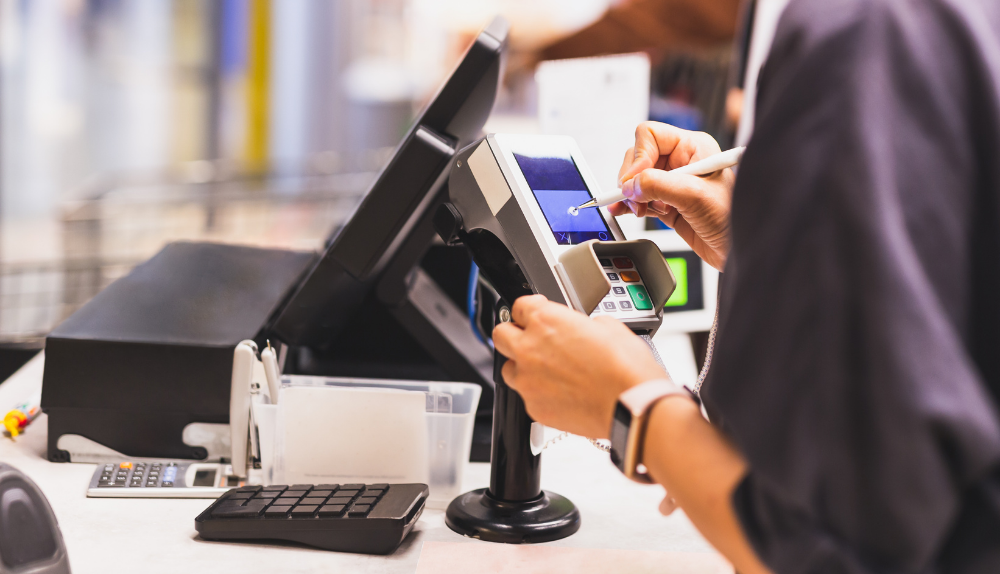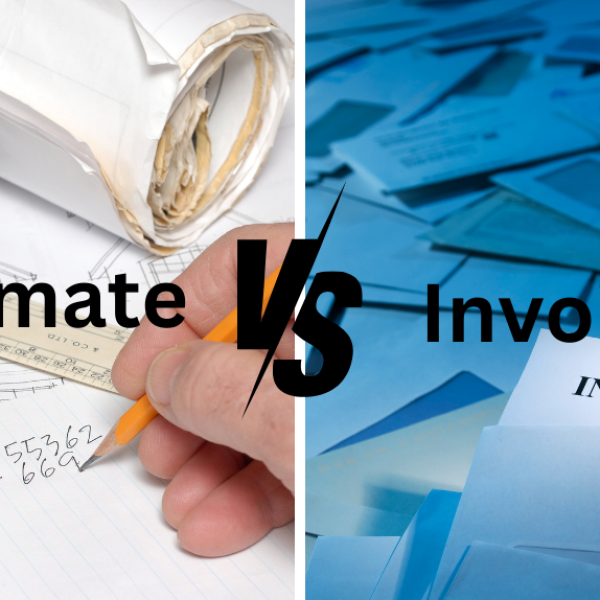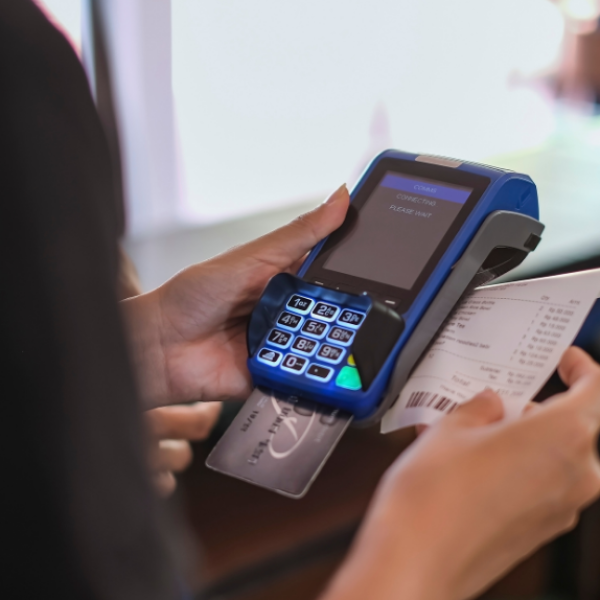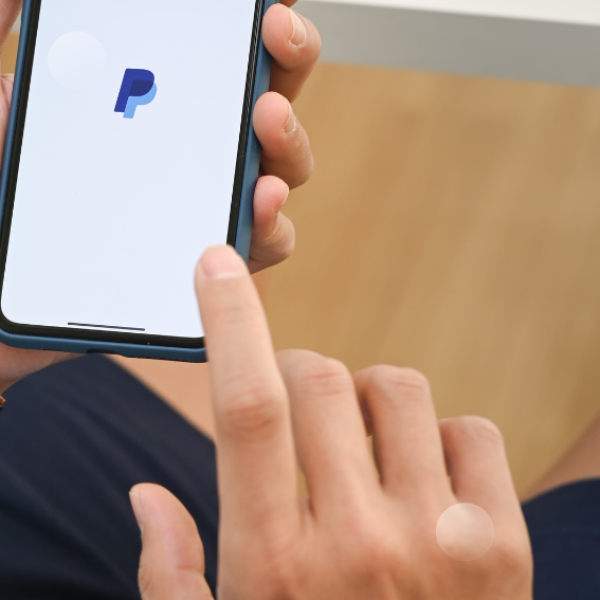In the current e-commerce landscape, virtually anything can be purchased online, often involving small transactions known as micropayments. These are typically transactions under one dollar, sometimes even just fractions of a cent, and can cover a variety of purchases from digital goods like movies, music, and eBooks to services such as video editing.
As the internet expands its offerings of digital content and services, and as financial technology, or “fintech,” evolves, micropayments are increasingly seen as a viable and secure method for conducting transactions.
But how exactly do micropayments function, and how can they be incorporated into your business model? In this article, we will explore various examples of micropayments, discuss the advantages of using them, and provide strategies for integrating micropayments into your business’s payment systems.
In This Article
ToggleWhat is a Micropayment?

A micropayment is a small-scale online financial transaction used to access or purchase products and services, typically involving minimal amounts of money. Various payment methods, including digital wallets, mobile payment apps, credit cards, and cryptocurrencies like Bitcoin, support these transactions. Such a range of payment options enables swift and convenient transactions for an extensive array of products and services, both online and offline.
The concept of micropayments dates back to the early Internet era, initially introduced as a way to monetize content through small financial exchanges. As technology has advanced, including the development of secure online payment systems and mobile wallets, micropayments have become more practical and prevalent. They present an effective alternative to traditional payment models like subscriptions or large one-time fees, simplifying the way users access and pay for digital content and services. Increasingly popular, micropayments are frequently used for acquiring online items such as music, apps, and books, or even for the delivery of physical goods.
How Does Micorpayment Work?

E-commerce retail stores and online businesses utilize a specialized system to facilitate various e-commerce transactions smoothly, a system not followed by traditional credit card companies. This is because the micropayment system employs a specific scheme in which both the buyer and seller must participate.
In this system, both the buyer and seller maintain accounts. The service provider oversees the entire transaction, starting with receiving payment from the buyer and then distributing it to the third-party sellers involved.
During a transaction, the seller places an encoded link on their homepage. When a buyer clicks on this link and initiates a transaction, the payment is transferred to an Internet wallet. The service provider then accesses this wallet and disburses the funds to the relevant parties.
Micropayment systems are particularly effective for transactions involving multiple sellers with a one-time payment structure, as all seller accounts operate similarly. This efficiency makes micropayments a preferred method for completing transactions in various sectors.
The micropayment model will gain widespread popularity across sports websites, media platforms, content creators, apps, and music downloads. This trend suggests that the pay-per-use method of online transactions will become increasingly prevalent among e-commerce businesses and online retail stores in the years to come.
Types of Micropayments
Micropayments enable customers to pay small amounts for products and services online, typically through various payment processes. There are three primary models for micropayments:
- Prepay
If you’ve ever utilized physical or online gift cards or prepaid a subscription fee to a micropayment processor, you’ve engaged with the prepay micropayment model. This approach allows consumers to use virtual currency from a gift card or digital wallet for micropayments on items like app downloads or on-demand movies.
The prepaid model consolidates all future micropayment purchases into one upfront payment, making the transaction costs and processing fees more economically viable. Using physical gift cards not only facilitates micropayments online but also permits purchases in physical stores, enhancing consumer convenience. Additionally, since these funds often must be spent at specific providers, there’s a stronger incentive for customers to return to the same business.
- Post-Pay
The postpaid model does not require upfront payment; instead, customers are billed periodically for their accumulated usage. In the post-pay model, you access content or services first and receive a bill later, typically monthly.
This arrangement is common in music and streaming services, where you pay based on your consumption over a set period. It offers the flexibility of accessing services without preloading funds, though it may lead to potential overspending for some users. For instance, if you are charged per text message, your mobile carrier will tally your usage and bill you monthly for the texts sent.
- Pay-As-You-Go
This model charges a small one-time payment to a customer’s credit or debit card for each piece of content, service, or virtual item purchased. While it facilitates impulse purchases of low-cost digital goods, thereby boosting sales of such items, it doesn’t necessarily promote customer loyalty. Plus, the associated transaction costs, often higher than the micropayments themselves, can render this method less cost-effective.
For example, platforms like the App Store operate on this model by charging users immediately when they purchase a mobile app.
Due to the high processing costs associated with micropayments, both the postpaid and prepaid models often aggregate transactions into one bundle, reducing merchant costs and making micropayments more economically viable.
Why Businesses Should Adopt Micropayments
Micropayments offer numerous benefits to businesses, particularly in the digital sector. They enable businesses to diversify their revenue sources, enhance customer engagement, and tap into new markets through innovative pricing and transaction methods. Here are further details on these benefits:
- Reaching New Customer Groups
Micropayments make it possible for businesses to attract customers who may be reluctant or unable to make larger payments. This group includes younger people, those in various economic circumstances, or individuals hesitant to spend on unfamiliar products or services.
- Boost in Transaction Volume
Lowering price barriers allows businesses to experience an increase in transaction volume. When prices are minimal, more customers are inclined to purchase, thus boosting sales frequency.
- Enhanced Cash Flow Management
Though each transaction may be small, their cumulative effect can be significant. Regular small payments can ensure a consistent revenue stream, facilitating improved financial planning and budgeting.
- Increased Customer Loyalty and Retention
Flexible payment options can lead to higher customer satisfaction. Customers who pay only for what they need are more likely to be repeat buyers and continue their relationship with the business.
- Gathering Data and Insights
Each micropayment transaction generates valuable data. By analyzing this data, businesses can gain insights into customer preferences and behavior, which can be used to refine their products and marketing approaches.
- Increased Profitability
Micropayments allow businesses to monetize content or services that might not be viable at higher price points. This approach opens new revenue streams by making it feasible to charge for content that was previously hard to monetize.
- Enhanced Customer Experience
Offering micropayments provides customers with the flexibility to purchase exactly what they need or want, avoiding the commitment of a full subscription. This can increase customer satisfaction, loyalty, and the likelihood of repeat business.
- Expanded Market Reach
The affordability of micropayments can attract new customers who are hesitant to engage with more expensive pricing models, thereby broadening the business’s market reach.
- Alternative to Ad Revenue
For content creators who wish to avoid reliance on advertising revenue, micropayments provide an alternative revenue model through direct contributions from fans and followers.
What Businesses Are Using Micropayment?
Micropayments can revolutionize content monetization, enabling creators like writers, artists, musicians, and YouTubers to charge small fees for their work. This approach lets consumers enjoy premium content without the commitment of subscription fees.
- In-App Purchases
In mobile apps and games, micropayments are utilized to buy virtual goods, upgrades, or additional content, eliminating the need for large upfront costs.
- News and Journalism
Micropayments support the journalism industry by enabling readers to access individual articles with small payments, helping to sustain quality journalism and investigative reporting.
- Micro-Donations
Charities and non-profits can benefit from micropayments by allowing supporters to make small, frequent donations, leading to a substantial cumulative contribution over time.
- Pay-Per-Use Services
Services such as cloud computing, APIs, and data analysis can employ micropayments to charge users based on usage, making these services more accessible to smaller users.
- Content Licensing
Micropayments facilitate the licensing of copyrighted content for specific uses, ensuring that copyright holders are compensated fairly while allowing controlled usage by others.
- IoT Micropayments
Internet of Things (IoT) devices, such as a smart fridge, could use micropayments to access specific services or data, like a recipe database.
- Freelancer and Gig Economy Payments
In the gig economy, micropayments enable freelancers and independent contractors to receive real-time payments for completed tasks, bypassing the delay of traditional payouts.
- Ad-Free Browsing
Micropayments offer a way for users to experience ad-free browsing by compensating website owners for the potential loss of ad revenue through small fees.
What are the Advantages of Accepting Micropayments?
Incorporating micropayments can provide several advantages for online businesses, including:
- Reduced Transaction Costs: Micropayments facilitate the transfer of small amounts of money with minimal transaction fees, making it cost-effective to conduct transactions that would otherwise be uneconomical.
- Streamlined Transactions: Micropayments enable quick and effortless transactions, bypassing the need for extensive authorization processes or the manual entry of payment details. This efficiency is particularly critical in digital settings where speed and convenience are key.
- Access to Premium Content: Through micropayments, content creators can monetize their work by providing access to premium content for a nominal fee. This model allows consumers to pay only for the content they find valuable, avoiding the necessity for subscriptions or purchasing extensive content bundles.
- Enabling New Business Models: Micropayments support innovative business models dependent on small-scale transactions. Examples include pay-per-use services, in-app purchases, and micro-donations, all of which can be efficiently managed through micropayment systems.
- Improved Customer Experience: By allowing customers to purchase exactly what they need or want without requiring subscriptions or large upfront costs, businesses can boost customer satisfaction and loyalty and encourage repeat interactions.
- Broader Market Access: The affordability of micropayments can attract new customers who might be hesitant to make more substantial financial commitments, thereby expanding the business’s market reach.
- Alternative to Advertising Revenue: For content creators who prefer not to depend solely on advertising revenue, micropayments offer a way to receive support directly from their audience through small donations.
Conclusion
Micropayments are an essential part of the modern e-commerce landscape. They enable fast and efficient transactions for various digital goods and services. With the emergence of different payment methods, such as digital wallets and cryptocurrencies, micropayments have become a secure and accessible means of conducting financial transactions online.
Businesses can benefit from integrating micropayments into their payment systems by understanding their intricacies, functionalities, and various models. Pay-as-you-go, prepay, and post-pay models provide flexibility and convenience to businesses. By exploring these models, businesses can gain valuable insights into integrating micropayments effectively.
Micropayments offer numerous benefits to businesses, including reduced transaction costs, streamlined transactions, improved customer experience, and broader market access. As a result, various industries, such as content creators and mobile app developers, can take advantage of micropayments as a central component of their business models. The widespread use of micropayments represents a significant shift in how transactions are conducted in the digital world, bringing forth a new era of convenience, accessibility, and efficiency.
Frequently Asked Questions
What is a micropayment?
A micropayment is a small online financial transaction, typically under a dollar, used for buying digital goods like eBooks or songs. They’re handy for low-cost items where traditional methods have high fees or slow processing.
How do micropayment systems work?
Micropayment systems operate with prepay, post-pay, or pay-as-you-go models, often through digital wallets or mobile apps. Prepay involves loading money into an account, post-pay bills users periodically, and pay-as-you-go charges per transaction.
What are the benefits of using micropayments for businesses?
Micropayments help businesses reduce fees for small transactions, attract more customers with low-cost items, and support innovative models like micro-donations. They lower barriers to entry, boosting sales and revenue potential.
What challenges do micropayments face?
Micropayments face hurdles like high transaction fees relative to small amounts, the need for advanced technology for quick processing, and user concerns about security and privacy, all affecting adoption rates.











